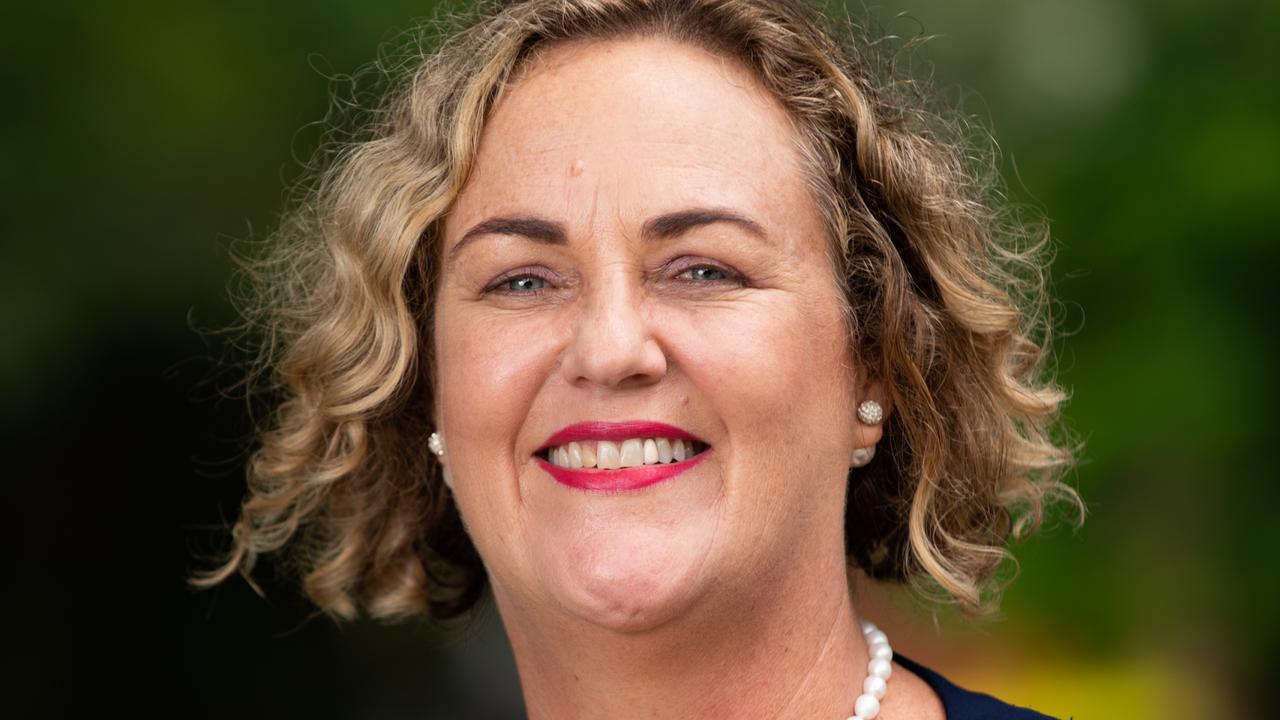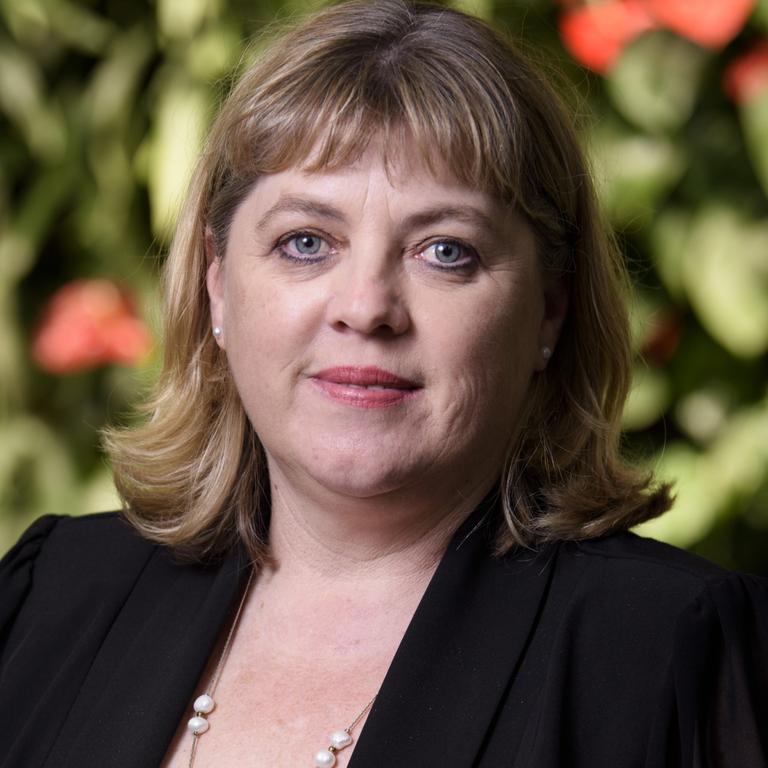Qld state schools short-changed $400m in annual federal funding
Queensland state schools are being short-changed $400m in annual federal funding, leading to regional and special-needs students falling behind their peers, education unions have claimed.

Education
Don't miss out on the headlines from Education. Followed categories will be added to My News.
Queensland state schools are being short-changed $400m in annual federal funding, leading to regional and special-needs students falling behind their peers, education unions have claimed.
The Australian Education Union has called on the federal government to increase investment by an average of $403m into Queensland state schools over the next five years.
The union urged the federal government to lift its funding share from 20 per cent of the Schooling Resource Standard to 25 per cent by 2028, so class sizes could be reduced and individual student outcomes be improved.
It comes after The Courier-Mail revealed Queensland’s top five richest schools made more money in five years than the poorest 300 combined.
Hayman Island State School had to scrape by with $1.5m over the five years, while Arcadia Valley State School in South West Queensland with $1.7m.
Queensland Teachers’ Union president Cresta Richardson said the funding boost would change lives and improve academic results for thousands of students.
Ms Richardson said full and fair funding would allow principals to employ more teachers and reduce class sizes.
“This is about our students, and making sure they get the opportunity to reach to their full potential,” Ms Richardson said.
“We can recruit more education support staff and give teachers the time and support they need to offer students greater individual attention.
“We can bring more allied health professionals into schools, like counsellors and speech therapists, taking the pressure off families and giving the students that need it that extra boost.”
Australian Education Union federal president Correna Haythorpe said Queensland state schools were only funded to 89.26 per cent of the Schooling Resource Standard.
Ms Haythorpe said educating students with higher needs had a huge strain on school budgets.
“A majority of principals tell us they don’t get enough funding for students with disabilities and they have to take funds from other areas of their budget to make up the shortfall,” Ms Haythorpe said.

“Full funding for public schools will increase the one-on-one support that children receive whether it is by cutting class sizes, increasing the number of support staff in the classroom or through small group tuition for children at risk of falling behind.
“It will also allow schools to bring in more specialist staff, such as speech pathologists and occupational therapists, who can assist students with higher needs.”
A Department of Education spokesman said the federal government was committed to working with state governments to get every school on the path to 100 per cent of its fair funding levels.
The federal government is amid a review to inform the next National School Reform Agreement, with an aim to get schools to 100 per cent of the Schooling Resource Standard.
“Australia has a good education system, but it can be a lot better and a lot fairer,” the spokesman said.
“Funding is critical, but so is what it does, what it’s invested in.
“That’s why the work of the expert panel is so important.
“It will identify the practical reforms needed to help students who fall behind and help more students finish high school.
“It will provide advice on the specific reforms that should be tied to funding in the next National School Reform Agreement.”




